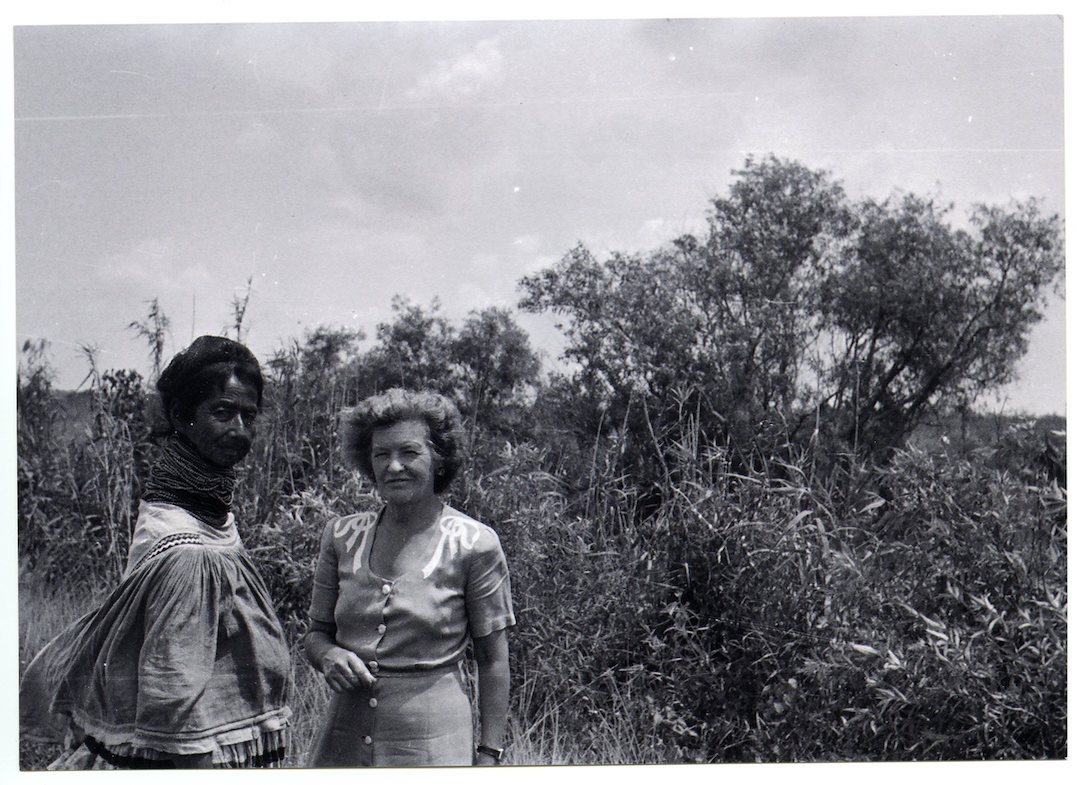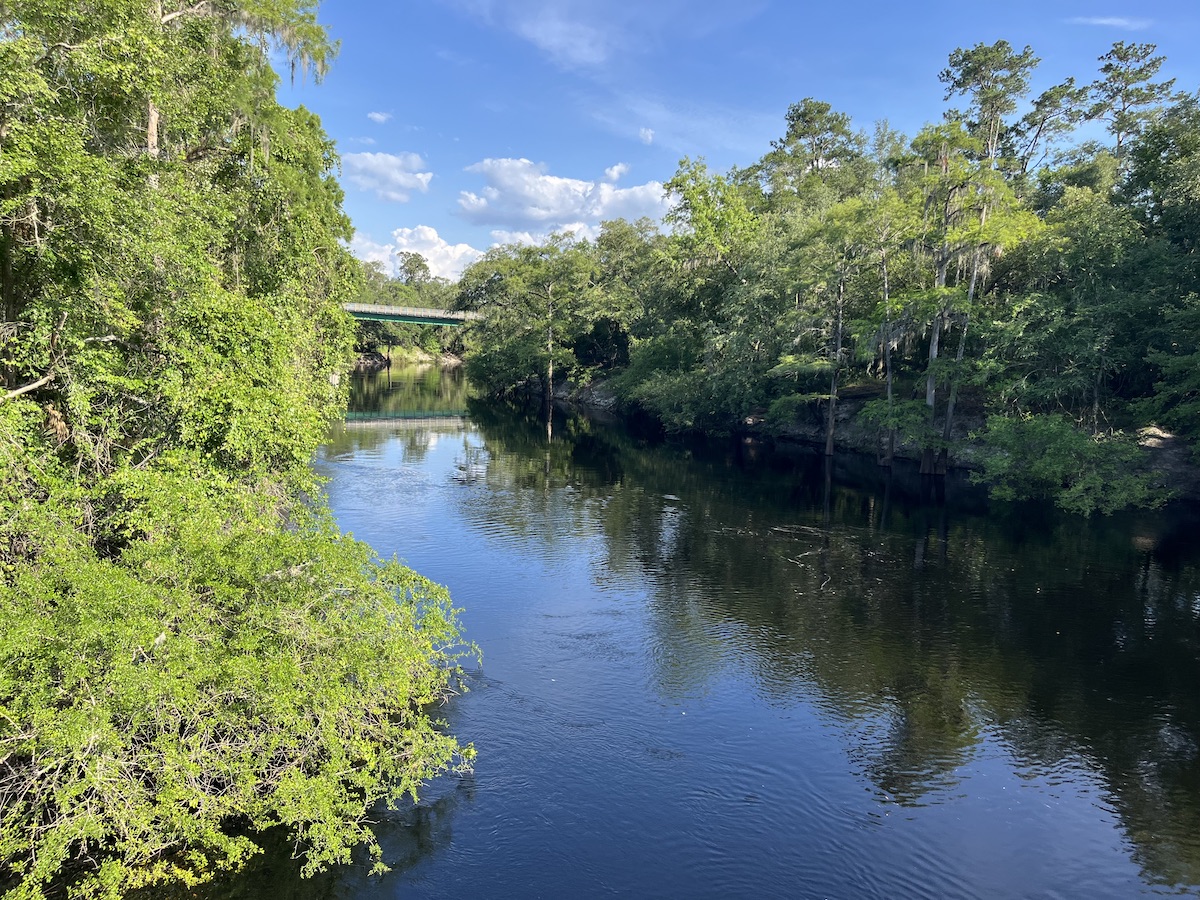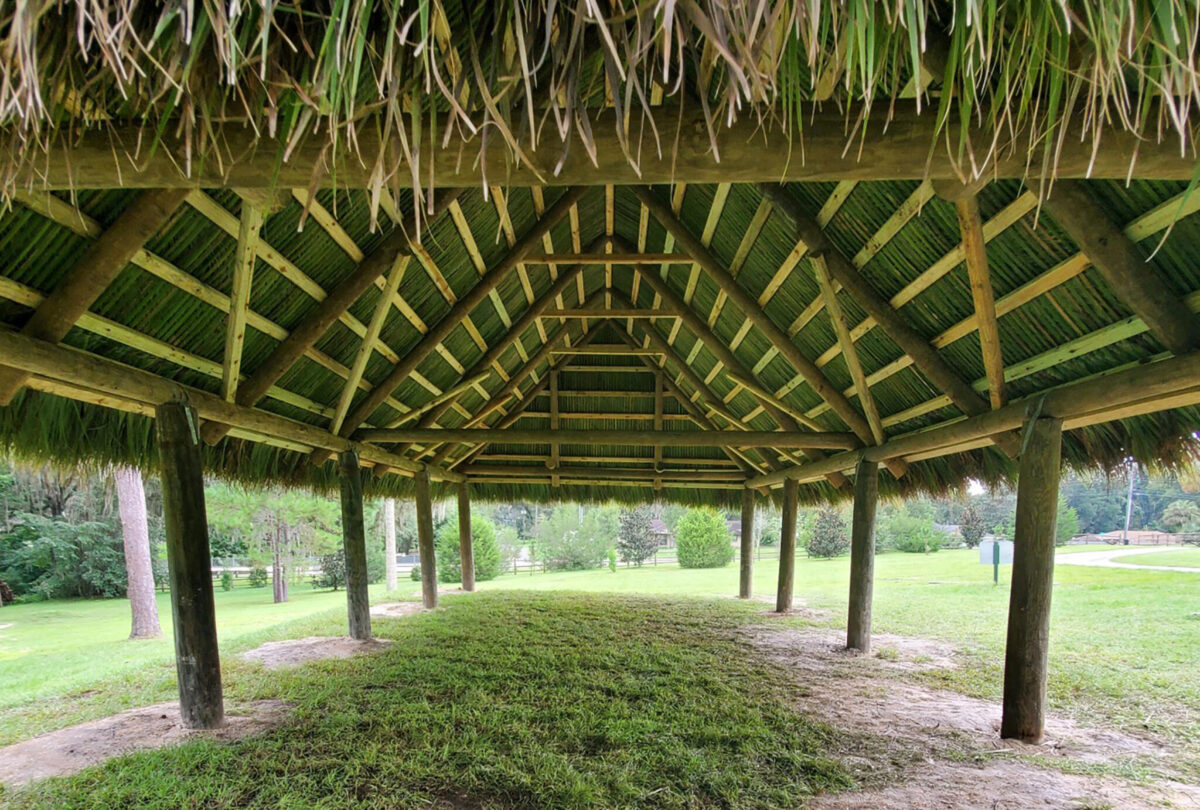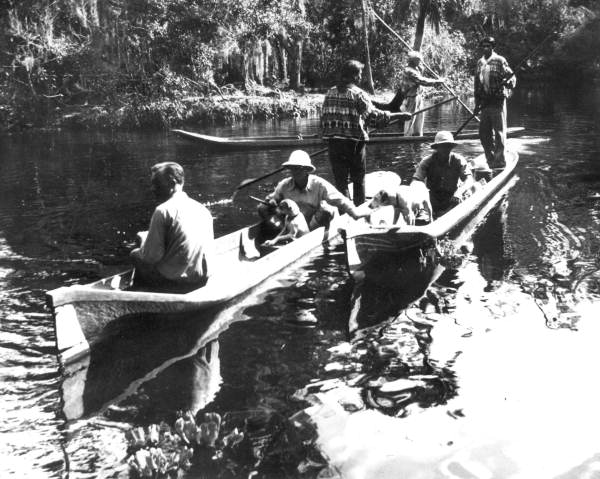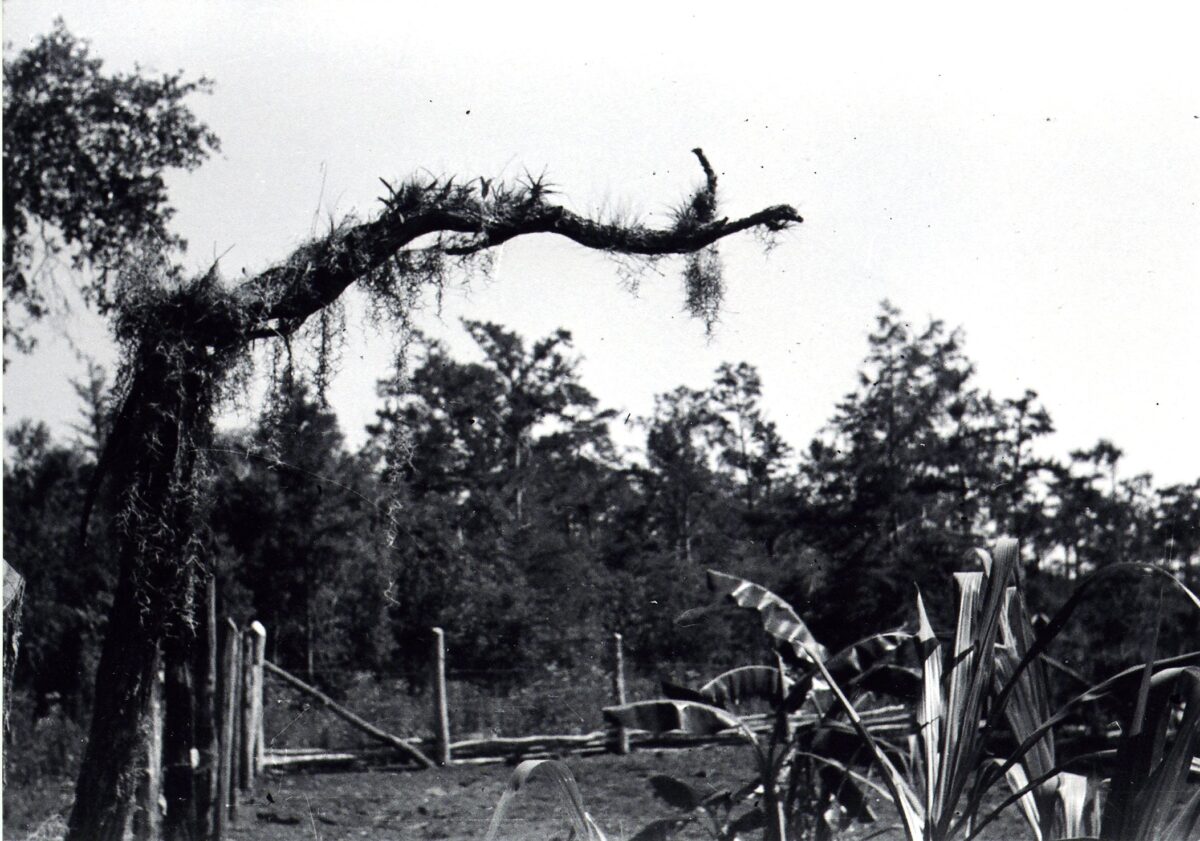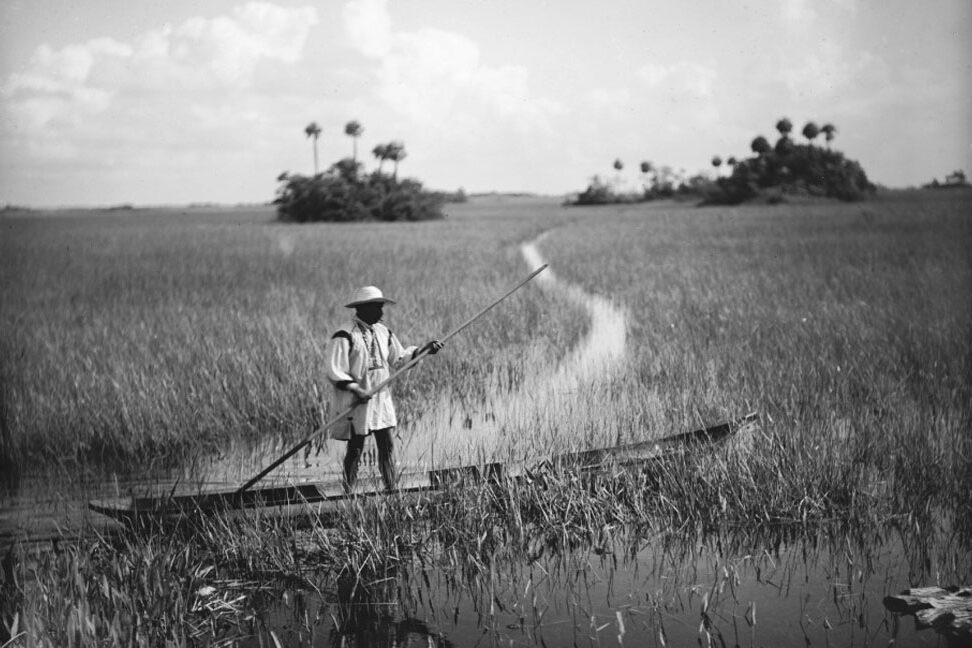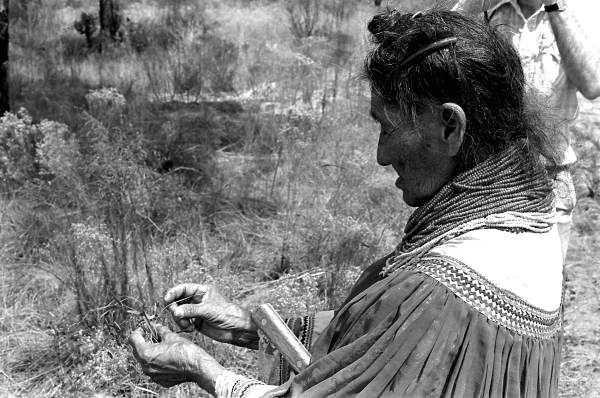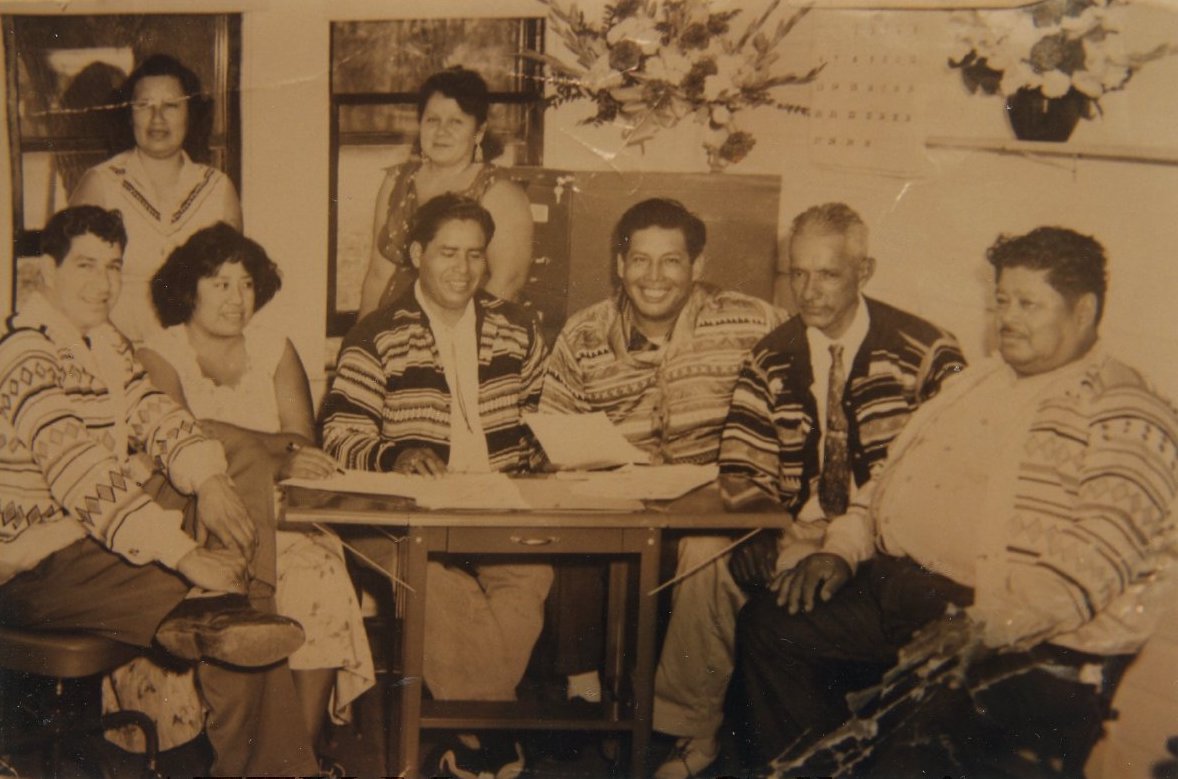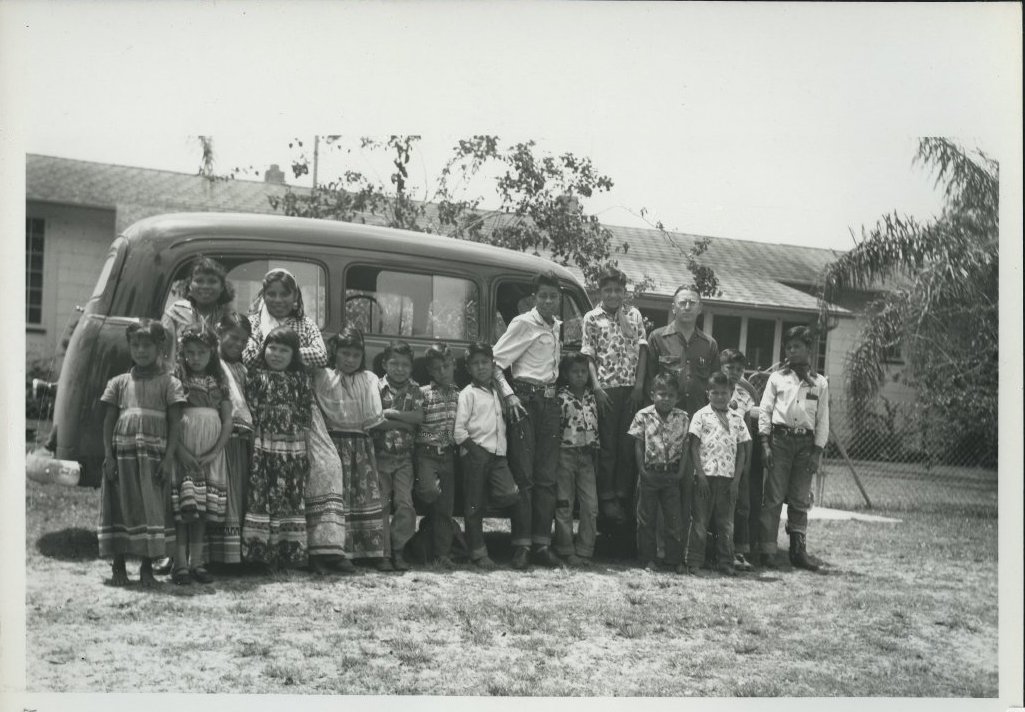Socialite turned Friend of the Seminole: Ethel Cutler Freeman
Dive into the impactful work of anthropologist Ethel Cutler Freeman, who worked with the Big Cypress community beginning in the 1940s.
Seminole Spaces: Rich Heritage And Beautiful Tradition In White Springs
This week, we're heading to White Springs, FL, just in time for the Florida Folk Festival, held May 24-26 at Stephen Foster Folk Culture Center State Park.
Top 5 Spectacular Off-Reservation Chickees to Visit This Summer
This week, we highlight the top 5 off-reservation chickees you and your family can visit this summer, and learn about Seminole history and culture!
Snakes, Cinema, and Powerful Seminole Legacies at Silver Springs
Follow along to learn more about Seminoles at Silver Springs, as well as Osceola’s defiant stand that changed the trajectory of the Seminole Wars.
Dear Friend: The Spectacular Photos of W. Stanley Hanson
This week, we look at an utterly unique collection, gathered over the lifetime of W. Stanley Hanson Sr. and his family that documents the Seminole experience.
It’s Here! How To Celebrate Earth Day the Native Way
Although Earth Day is April 22nd each year, the Seminole Tribe of Florida is kicking off the festivities next week with two “Earth Day the Native Way!” events.
Seminole Spaces: The Secrets of the Water Highway
This week, we will talk about an entirely unique Seminole Space: the Water Highway. Seminole ancestors built a network of trails throughout the Everglades.
Healing Hands: The Remarkable Life of Susie Billie
This week, we share Seminole medicine woman Susie Jim Billie's life and dedication to preserving traditional medicine and Seminole healing.
Laura Mae Osceola: Powerful Voice of the Seminole People
Welcome back to Women’s History Month! Today, we are continuing our journey spotlighting strong, resilient, and impactful Seminole women through history. In this installment of our series, we journey back to the 1950s when the Seminole Tribe of Florida achieved federal recognition.At just 21, Laura Mae Osceola emerged as the interpreter and spokesperson for the Seminoles, addressing Congress during a time when many Seminoles did not widely speak English. Osceola was fluent and well-spoken in English, Mikasuki, and Creek. Her linguistic prowess paved the way for her historic role as the first Secretary of the Seminole Tribe of Florida, solidifying her as an influential advocate. We will delve into her life and impact, as she navigated the complexities of federal recognition, government dynamics, and adapted to a new world. In our featured image, the first Tribal Council of the Seminole Tribe of Florida sits together. Seated from left to right: Howard Tiger,
Teaching from the Heart: Love and Language with Lorene Bowers Gopher
Happy Friday! Throughout March, Florida Seminole Tourism is spotlighting significant Seminole women every week on our blog. In the latest installment of our Women’s History Month series, make sure to grab your backpack and sharpen your pencils! This week, join us to learn more about the incredible Seminole teacher Lorene Bowers Gopher. During her long career, Gopher dedicated her time to education, the preservation of Seminole Culture, and the preservation of the Florida Creek language. In addition, Gopher would become Brighton’s Cultural Program Director. She would develop community programs aimed at preserving Seminole culture, art, foodways, and the Creek language. Today, we will explore Gopher's lasting legacy and witness the enduring impact her passionate teaching had on the education of Seminole children. In our featured image, you can see a group of children lined up at the Brighton Indian Day School, circa 1951-1952. They are (L to R): Josephine Huff, Elaine Johnson,


